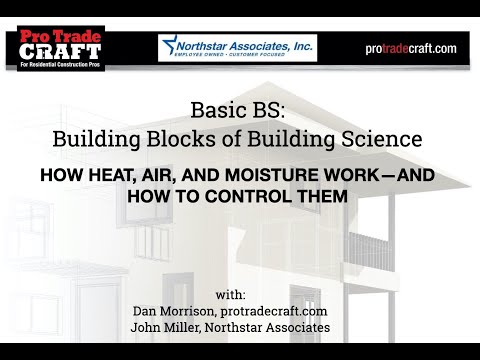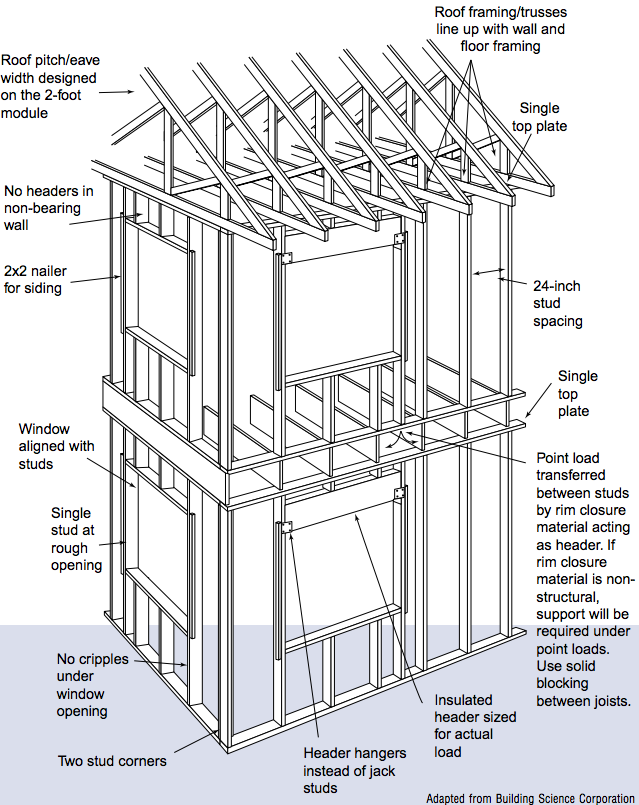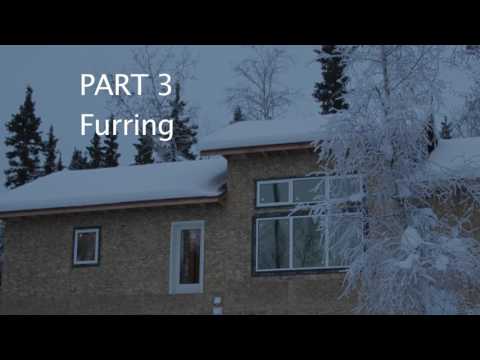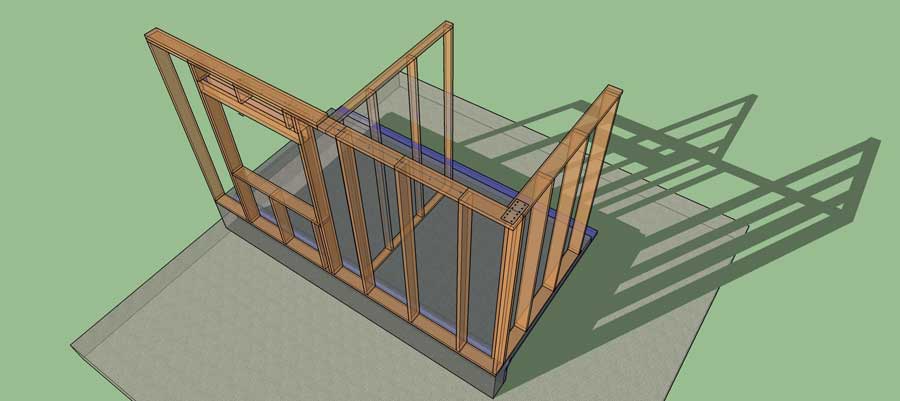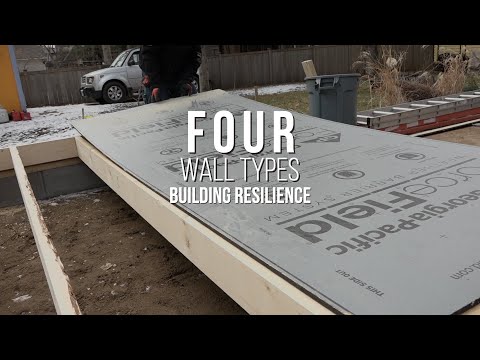A hidden funnel between inside and out dumps water into the wall
Last on #demotime, we took down two walls with two kids. There was some water damage in the back wall—where the soap dish had undergone some issues—and some damage in the plumbing wall from plumbing leaks.
This time, we tackle the third wall—the exterior wall with insulation in it. The wet exterior wall with wet insulation in it.
The wall was built with 2x4 studs, fiberglass insulation, drywall, plaster, and tile.
Water turned much of that to mush.
This should to be the driest wall in the shower, yet it got the wettest. Probably because the wall cavity was completely open to the basement and outdoors.
Or relatively completely.
Large holes in the subfloor connected the basement to the underside of the tub, which was open to the wall cavity with only fiberglass batts to stop the airflow. Knotholes and gaps between the 1x6 sheathing boards connected the wall cavity to the outside.
All of the moisture in the basement was sucked through this path since the tub was installed 60 years ago.
The tile up higher on the wall held its ground much better; the plaster was a mix of mush near the window and cement in the corner. And nasty corner lath.
The drywall came off in larger pieces up high.
Dirty insulation indicates that a lot of air has been filtered through it over the years. I suspect the water damage was confined to the lower part of the wall because that was the first cold surface for the basement air to condense on. And puddles follow gravity.
Behind the wet insulation, the sheathing was also wet. There was a little bit of rot, but not a lot, so I am not going to sweat it.
Next, I’ll dry it out and then insulate the wall cavity to be airtight.
—Dan Morrison is the editor of ProTradeCraft and a recovering remodeling contractor.
